Which Polymer Clay Varnish Should I Use?
About Polymer Clay Varnish
In this article I will cover the polymer clay varnishes
on my recommended list. You will find that I have included a fairly limited range, but these are the ones that have been tried and
tested by myself and other well known polymer clayers.
There are plenty of varnishes available through hardware stores the
world over, but you have to be very careful which one you use. Many
varnishes react with polymer clay and mixed media. Some react with some
brands and not others. Some react almost immediately and others take a
few weeks or even months. All in all they are terribly unpredictable.
When it comes to
polymer clay varnish, it really will save you headache after headache if
you stick to the well-trodden path.
Click here for a bullet point summary...
If you stick to the polymer clay varnishes recommended below, you should have fairly plain sailing, but in case of problems, please see my article: How To Seal Polymer Clay With Varnish - Questions and Answers.
compatibility testing
Here is a summary of the polymer clay brands and surface effects that I tested with each polymer clay varnish, and what I found to be compatible:
- Compatible clay brands: Kato, Premo and Fimo Professional.
- Not tested: Souffle, Cernit, Pardo. (Coming soon.)
- Compatible mixed media: Paint, gilders paste, alcohol inks, mica powder, pastels.
- Not compatible: Metal Leaf and Swellegant.
availability
Most of the polymer clay varnishes I have recommended are available across Europe and the United States as far as I know. If you live somewhere else, like Australia or South Africa for instance, you may have problems sourcing some of them.
I am currently putting together a list of other varnishes and glazes used by polymer clayers from around the world to help with this. If you have one to add, please let me know in the comments at the end of the page.
gloss polymer clay varnishes
Polymer Clay Gloss varnishes i recommend
After much trial and error, and I mean MUCH trial and error, I have decided to recommend only two gloss varnishes for use with polymer clay.
- Varathane Gloss Floor Finish - water based, crystal clear, high traffic formula.
- Pearl-Ex Varnish
There are many others, but they either reacted, gave a poor finish or I could not source them.
What can you expect from these polymer clay Varnishes?
- These varnishes will give a glossy finish.
- Use them with any polymer clay bead you wish to
varnish with a thin gloss. Flat, domed, curved or hollow, these varnishes will
work.
- Easy to use. Just brush them on.
More about Varathane gloss
Varathane is by far my favorite non-doming gloss
finish for polymer clay. It’s one of the safest gloss polymer clay varnishes, and if you buy it in the big 5 liter tin, it works out to be very inexpensive and will last you forever. Just make sure you get the right one as included in the description above. It must be the gloss, crystal clear formula.
- Price: About $20 for a big tin.
- Finish: It gives a shiny gloss finish.
- Consistency: It has a milky consistency and is a bit sticky if you get it on your hands.
- Availability: Varathane is fairly easy to get hold of. Since it’s traditionally used as a floor polish it is readily available from hardware shops.
- Curing time: It takes
about ten minutes to dry to the touch and half an hour to be fully cured. Wait
half an hour between coats. To get a rock hard cure you can pop it into the oven for half an hour at 275oF (130oC) after you've given it at least four coats. Make sure it's dry first before baking otherwise you will have bubbling.
- Durability: You have to give your polymer clay a minimum of four coats for full protection. While Varathane is scratch resistant, you can get it to peel if you dig at it.
- Compatibility issues: I have tested Varathane with gilders paste without any problems, but I have heard of people having issues. So test for yourself to make sure. It could have something to do with climate: temperature or humidity.
- Other niggles: It sometimes beads on Kato polymer clay because of the oils released from the clay on baking. Sanding the clay will stop this beading, but sometimes you can't sand if you have surface effects. In that case just keep brushing the Varathane across the
bead and it will eventually stop beading and level. Also be careful when it comes to textured beads not to let it
pool into the hollows.
- Overall advantages: Easy to use, inexpensive, quick drying, high gloss finish.
- Overall disadvantages: None - this is my favorite polymer clay gloss varnish. It works really well.
More About Pearl ex Varnish
Pearl Ex is a glaze designed to be used with mica powders or chalks mixed into it, but it works pretty well as a stand alone polymer clay varnish too.
- Price: Pearl Ex isn’t as cheap as Varathane at around $7 for a 2.25oz bottle.
- Finish: It gives a glossy finish, although not as glossy as Varathane.
- Consistency: It starts with the consistency of runny glue. It also has the same milky color, but after about half an hour to a full hour drying time it will have gone clear.
- Availability: Pearl Ex is fairly easy to get hold of, from a wide range of polymer clay and mixed media suppliers.
- Curing time: It takes about half an hour to dry before you can put another coat over the top.
- Durability: It is very durable so long as you cover your polymer clay with a minimum of two coats. I recommend going up to four for full protection.
- Small niggles: Be careful when it comes to textured beads not to let it
pool into the hollows. Also it seems to yellow with age. You have
about a year to use it before it starts to yellow in the jar. It won't yellow once dried though, so it doesn't yellow on your finished polymer clay pieces.
- Bonuses: You can add mica powder to this polymer clay varnish to add a splash of color and sparkle to your finished polymer clay jewelry.
- Overall advantages: Easy to buy with your other polymer clay supplies.
- Overall disadvantages: It's relatively expensive, has a limited shelf life and is not as glossy as Varathane. It also takes longer to dry.
I really prefer Varathane, but I have included Pearl Ex for anyone who cannot source it. Pearl Ex is carried by many polymer clay and mixed media suppliers, including Amazon, so you should be able to find some.
A word About Polymer clay and nail varnish
Nail varnish produces a very high gloss finish, almost like glass. Neither Varathane, nor Pearl Ex come close to matching the shine of a nail polish finish. So why don't I recommend it?
Well, because there are literally thousands of nail polish brands on the market, and some of them react horribly with polymer clay. Having said that, there are many that don't. I have a local cheapie that I buy here in Australia that has never given me any trouble, but it isn't widely available, and I can't vouch for any other brand.
So is it worth a try?
If you want something that gives a really high gloss finish, or you just want something that you can pick up easily with your groceries, then by all means give a few different ones a try. Nail polish isn't the cheapest or easiest polymer clay varnish to use, but if your local dollar store brand happens to be compatible with polymer clay it can be very convenient. And it does give a beautiful finish.
Please just be aware that you need to wait at least three months after sealing your polymer clay to be sure that you are not going to get a reaction. So make sure to test properly before you paint everything in sight with it. It can be tempting - it does give a beautiful finish. Did I say that already?
Polymer clay matte varnishes
Matte varnishes i recommend
There are far fewer options when it comes to matte varnishes for polymer clay. Of the ones I've tried, these are the two that I recommend:
- Liquitex Professional Matte Varnish
- Cernit Transparent Varnish Matte
What can you expect from these polymer clay Varnishes?
Matte varnishes are perfect for preserving a natural look in your polymer clay projects because they add no shine whatsoever. And, unlike buffing waxes, matte varnishes will protect your surface effects. If you’re into natural looks, and use a lot of surface effects, matte varnish is the sealer for the job.
- These varnishes will give a matte, natural finish.
- Use them with any flat, domed, curved or hollow polymer clay bead you wish to seal with a thin protective coat.
More about Liquitex Professional Matte Varnish
Liquitex matte is the best matte varnish I
could find that’s compatible with polymer clay. If you can get it, I highly
recommend it. It is wonderful to work with and it smells like peach shampoo! Make sure you buy the varnish though. It comes in a bottle with a red label. Don't buy the matte medium with a green label or the matte gel which comes in a jar.
- Price: Liquitex matte is around $18 for an 8oz bottle, but you can buy it in larger bottles at better value.
- Finish: Completely matte. You wouldn’t’ know there was a varnish on your polymer clay the way it just blends in.
- Consistency: Liquitex matte is as fluid as water and will easily spread over your bead. It also self-levels.
- Availability: It is fairly easy to get hold of. Amazon stocks it online.
- Curing time: It takes about an hour to dry.
- Durability: Liquitex matte is quite durable and will only come off if you really scratch at it.
- Ease of use: It is dead easy to use. All you need to do is take a brush and paint it onto your clay.
- Small niggles: It’s quite runny and can cause
trouble by pooling in textures and running off domes. Also make sure you mix the varnish
thoroughly as the matte particles sink to the bottom of the pot.
- Overall advantages: Easy to use, relatively inexpensive, and of the two, the easiest to source. The biggest advantage is its wonderful, true matte finish.
- Overall disadvantages: None - this is my favorite polymer clay matte varnish by far. It does exactly what it's supposed to do.
More About Cernit Transparent Varnish Matte
- Price: Cernit matte is around $9 for a 1oz bottle.
- Finish: It gives more of a satin finish than a true matte.
- Consistency: This polymer clay varnish is as thick as glue. You can tip it upside done and it takes ages to start dripping. You have to mix it with a stick before you use it, otherwise you will get a gloss rather than a matte finish.
- Availability: It’s not the easiest to get hold of, but at the time of writing it is still relatively new to the market. Hopefully more polymer clay suppliers will begin to stock it in time. I found mine on Etsy.
- Curing time: It takes about an hour to dry.
- Durability: Cernit matte is quite durable and will take a sharp fingernail to mark it.
- Ease of use: It isn’t the easiest
polymer clay finish to use. It requires a lot of pre-mixing and it's very thick.
- Other niggles: Cernit matte doesn’t level
very well. It takes a lot of patience to get the varnish to spread nicely over your
bead. Make sure you mix it
thoroughly as the matte particles sink to the bottom of the pot.
- Overall advantages: To be honest, compared to Liquitex, there really aren't any.
- Overall disadvantages: It's relatively expensive, is difficult to use and doesn't give a true matte finish. It can also be a bit hard to find.
I far prefer Liquitex, but I have included Cernit Matte as an additional option for those who can't get hold of Liquitex for some reason.
polymer clay Spray varnishes
A spray-on varnish is a valuable addition to your finishing collection. It’s great for sealing polymer clay projects that contain mica powders or alcohol ink, where other glazes could cause running or smudging. It's especially good to use on beads with a pronounced texture, where brush-on varnishes tend to cause pooling. Unfortunately, at this stage, there’s only one spray-on varnish on the market that’s compatible with polymer clay and that’s PYM2.
About PYM2
- Price: PYM2 is quite affordable with an average price tag of around $14 for a 12oz can.
- Finish: PYM2 gives a semi-gloss finish with just enough shine to enrich your colors and bring out the sparkle in mica clays and mica powders.
- Consistency: It starts as a fine mist and will dry almost instantly if you give a thin coat. If you coat your pieces with a thick coat it’ll take a little longer to dry.
- Availability: Sadly, this polymer clay spray varnish isn’t widely available. It can only be found on a few online websites outside of the US, and there are all sorts of international customs regulations surrounding it due to it being an aerosol. It used to be available in Australia, but alas, no more. Hopefully with the company having been taken over recently, availability will improve. If you’re in Canada you can buy from Shades of Clay and if you’re in Europe you can buy from Happy Things.
- Curing time: It dries
in a matter of seconds to a minute depending on how thick the coat is.
- Durability: It’s very durable after 2 to 3 coats. You have to really scratch at it to inflict damage.
- Ease of use: PYM2 has to be the easiest varnish for polymer clay. Anyone can use it.
- Small niggles: It takes on any texture in the clay, so finger prints and scratch marks won’t be masked at all.
- Bonuses: It’s completely waterproof with one quick coat and can be sprayed onto your cords to make them waterproof too. You can also spray it onto your findings as an anti-tarnish coating.
Overall: PYM2 is a must have if you can get hold of it. All the stress of using gloppy glazes that take ages to dry will be whisked away. It’s on my highly recommended list.
in summary...
Each polymer clay varnish type has a clear-cut winner, so I only recommend the second option if the first is unavailable.
Polymer Clay Gloss Varnish: Use with flat, domed, curved or hollow beads for a glossy finish.
- Recommended: Varathane Gloss Floor Finish - water based, crystal clear, high traffic formula.
- 2nd option: Pearl-Ex Varnish.
Polymer Clay Matte Varnish: Use with flat, domed, curved or hollow beads for a matte, natural finish.
- Recommended: Liquitex Professional Matte Varnish.
- 2nd option: Cernit Transparent Varnish Matte.
Polymer Clay Spray Varnish: Use with flat, domed, curved or hollow beads with a pronounced texture or sensitive surface effects, for a semi-gloss finish.
- Recommended: PYM2
Good to Go
When I first started working with polymer clay, finding out which varnish to use was without doubt, the biggest problem I had. I couldn't find all the information I needed in one place and I spent hours and hours trawling all over the internet doing research and then testing the products I found.
My goal with this article has been to get all the best information in one place, so that you can get on with the business of claying around, instead of faffing around trying to find a good polymer clay varnish. I really hope you have found it helpful.
Please like and share it with your friends and let me know in the comments if you have a varnish or glaze recommendation that I can add to the list I am putting together. The more we can add, the more people all around the world will be able to find a polymer clay sealer that works.
And don't forget to check out my article: How To Seal Polymer Clay With Varnish - Questions and Answers, if you are having any problems.
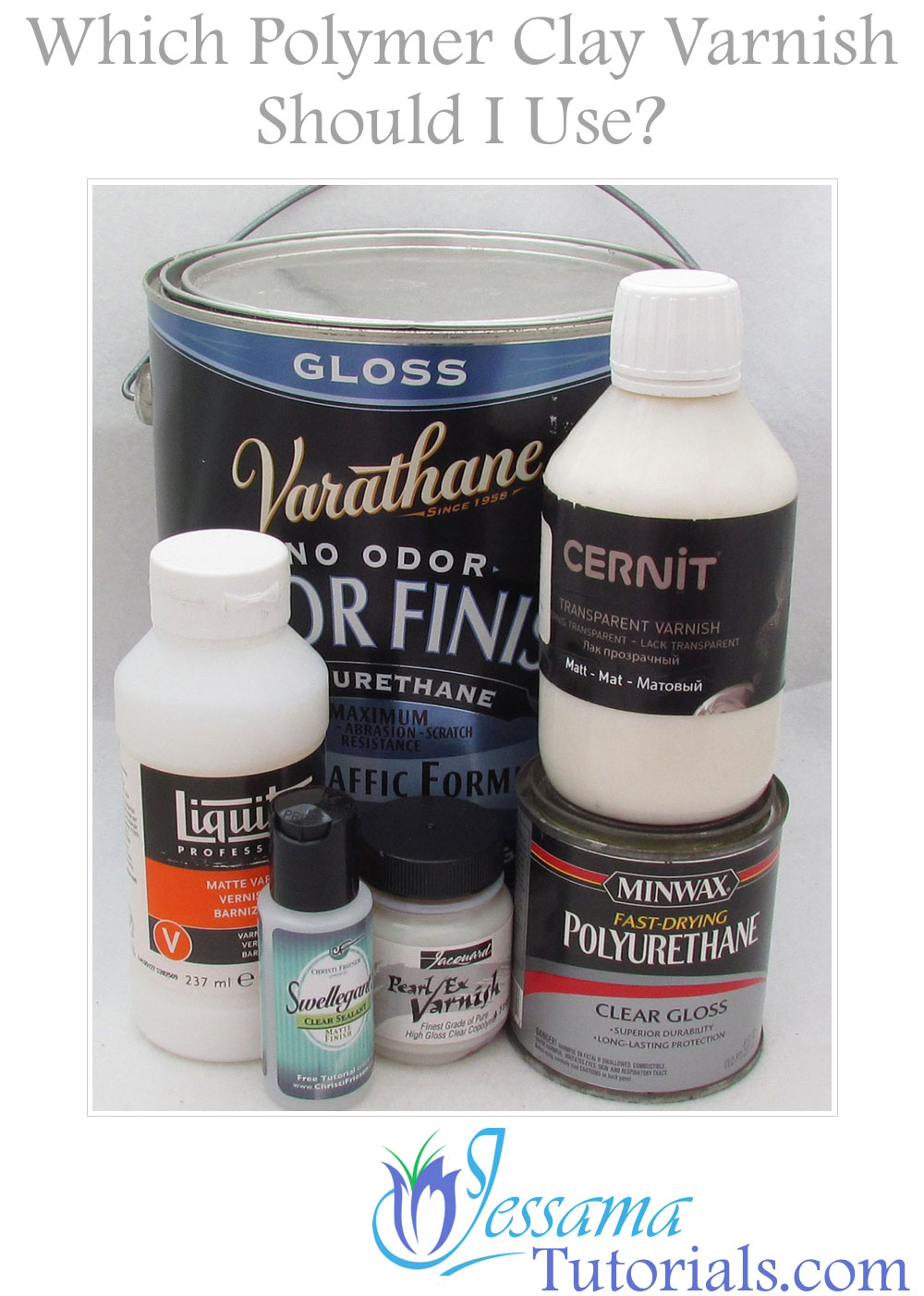
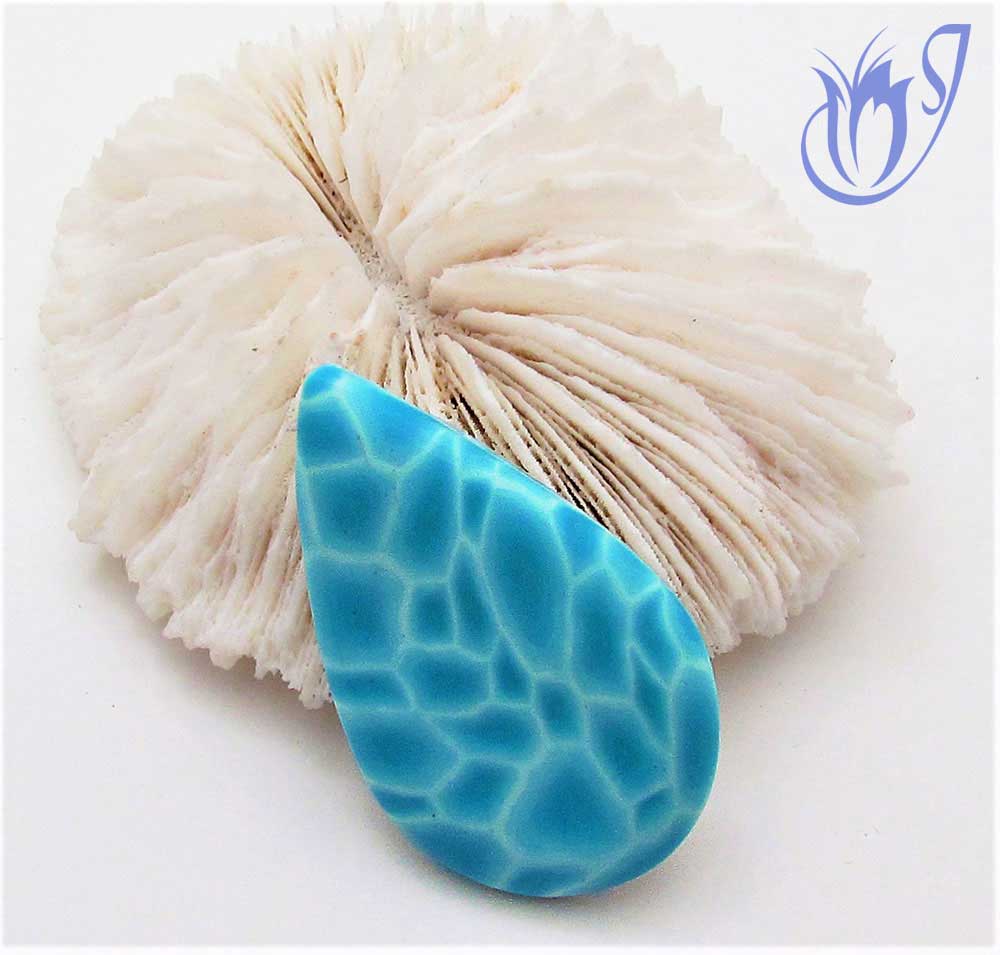
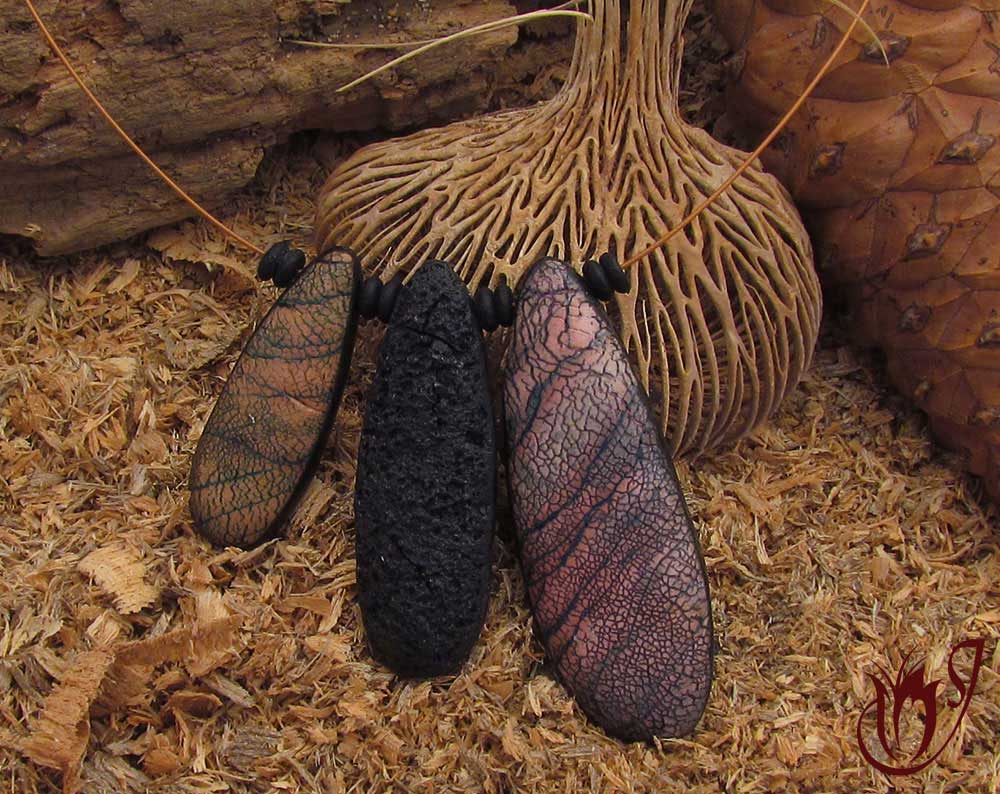
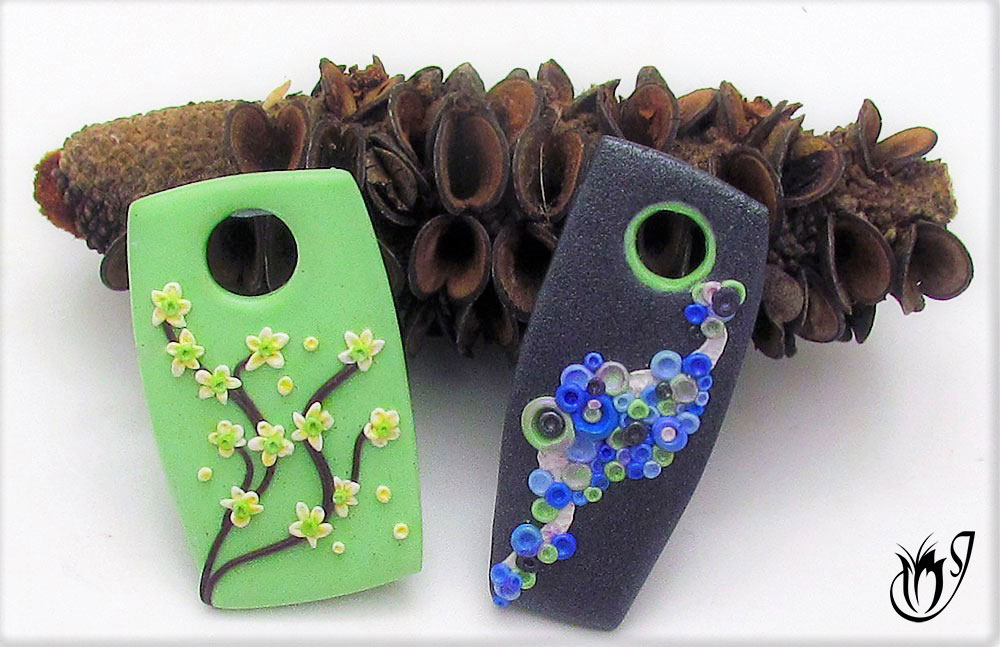
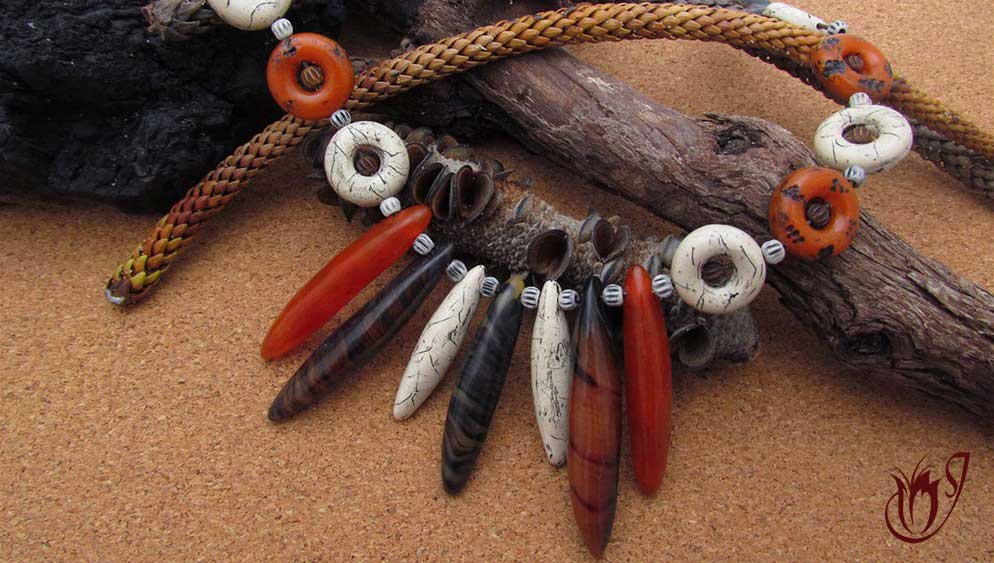
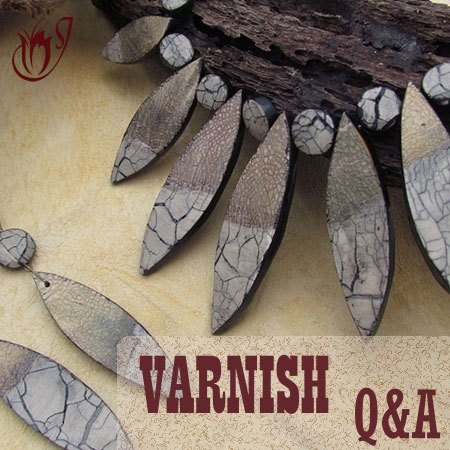
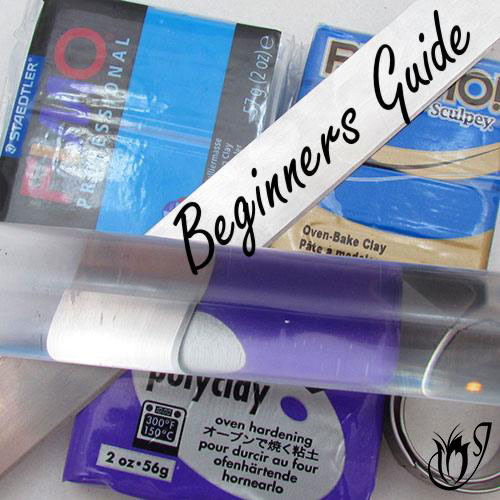
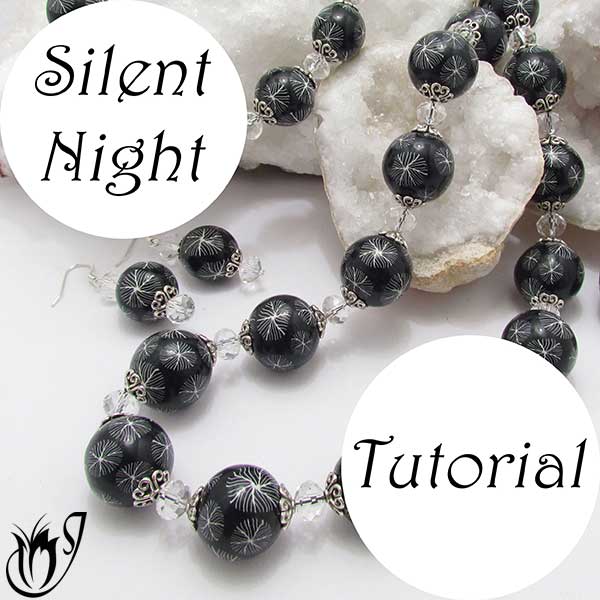
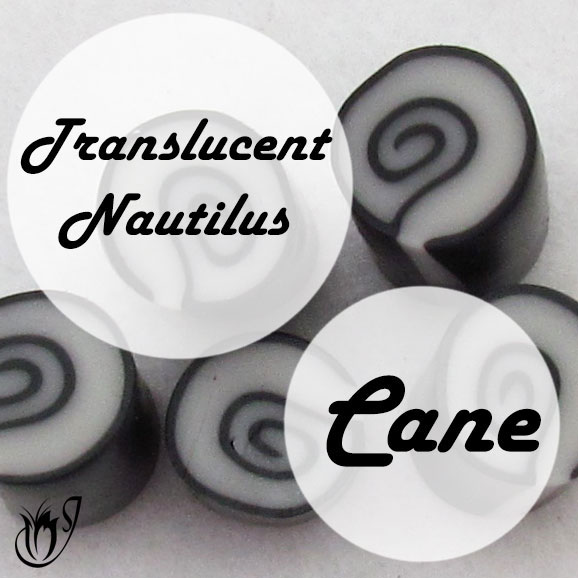











Please leave your comments below: